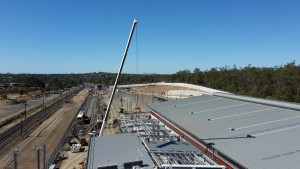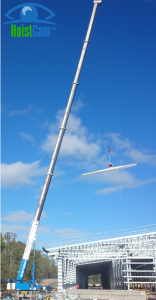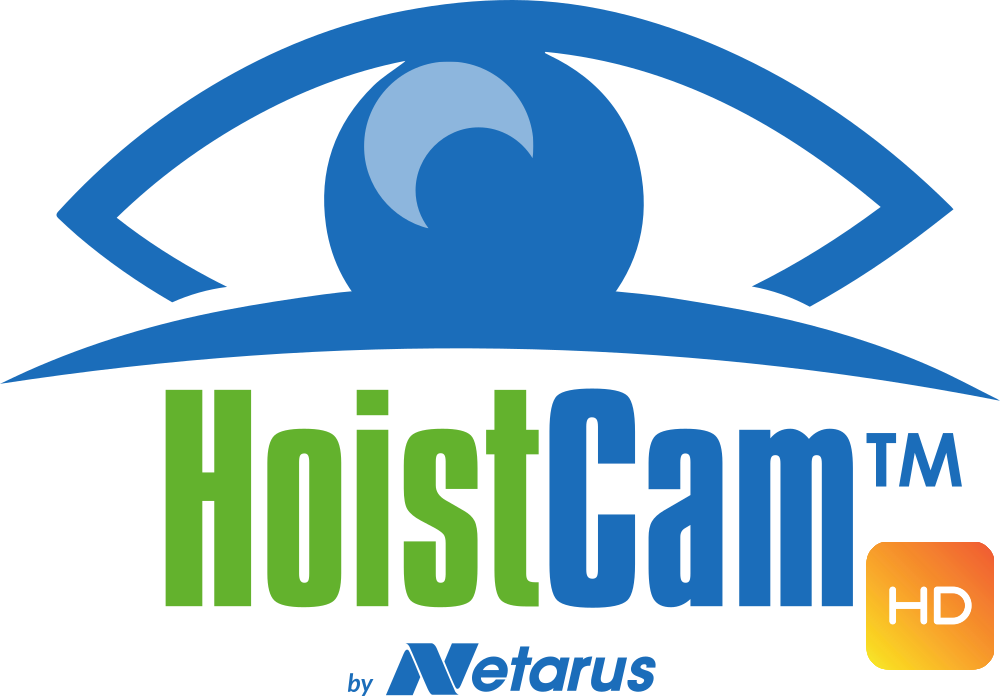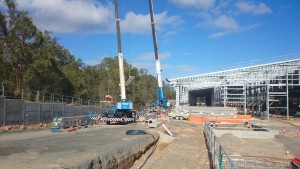 Qclad Pty Ltd had a large project which included placing over 15,000m2 of insulated roof panels…with an all terrain crane. Such a job would include many blind lifts. In fact, placement of each of these panels would have been in an area where the crane operator could not see. Since Qclad always puts safety first, this job was likely to be a slow and costly one, since the crane operator would be working on an hourly basis, and the job would take many man hours. It seemed that the only way to speed up the process would be to sacrifice safety, which Qclad was simply unwilling to do.
Qclad Pty Ltd had a large project which included placing over 15,000m2 of insulated roof panels…with an all terrain crane. Such a job would include many blind lifts. In fact, placement of each of these panels would have been in an area where the crane operator could not see. Since Qclad always puts safety first, this job was likely to be a slow and costly one, since the crane operator would be working on an hourly basis, and the job would take many man hours. It seemed that the only way to speed up the process would be to sacrifice safety, which Qclad was simply unwilling to do.
Download the whitepaper here>>
 After researching the problem a bit, Qclad decided to try HoistCam’s cameras on cranes so that the crane operator could be given a new set of eyes. In areas where the crane operator cannot see, he has to depend solely on his riggers for hand signals and radio communications in order to know where to place each panel. Those hand signals can be very difficult to see when the crane operator is often hundreds of feet above the men below, making them appear as ants. The only way to perform such lifts safely is to do them slowly. Slower lift times mean more cost. The same is true with radio communications. One mis-communication can risk millions of dollars in equipment, machinery, supplies, and even lives. Knowing the importance and stress of such a job, a crane operator will usually charge much more per hour for jobs with so many blind lifts. And as mentioned, he will also take many more hours to perform the job.
After researching the problem a bit, Qclad decided to try HoistCam’s cameras on cranes so that the crane operator could be given a new set of eyes. In areas where the crane operator cannot see, he has to depend solely on his riggers for hand signals and radio communications in order to know where to place each panel. Those hand signals can be very difficult to see when the crane operator is often hundreds of feet above the men below, making them appear as ants. The only way to perform such lifts safely is to do them slowly. Slower lift times mean more cost. The same is true with radio communications. One mis-communication can risk millions of dollars in equipment, machinery, supplies, and even lives. Knowing the importance and stress of such a job, a crane operator will usually charge much more per hour for jobs with so many blind lifts. And as mentioned, he will also take many more hours to perform the job.
The good news is that the job was a complete success, thanks to Hoistcam. According to Qclad, the crane operator had their camera attached to the jib of the all terrain crane. His vacuum lifting device was attached t the hook of the crane. With the aid of Hoistcam’s camera, the operator was able to place each roof panel within one meter of where he needed it to be. The rigger was only responsible for guiding the crane operator in the last few seconds of each lift.
The crane operator was able to put each panel in place much more quickly, since he could see for himself where it was going. By simply glancing at a monitor inside of the crane cab, the operator could see the feed coming from the camera, which gave him eyes on each and every lift. The camera was adjustable, so the operator could zoom in and turn the view where he needed it to be. With the amount of time for each lift diminished greatly, Qclad was able to complete the entire project in much less time, saving a great deal of money. Even more important, not ony was safety not compromised, but the job was actually safer with the Hoistcam camera than it would have been without!
According to a Qclad representative, “The use of the HoistCam allowed us to speed up the installation time of the roof, which allowed the builder to get follow on trades quicker, accelerating the overall program.” The representative also stated, “The HoistCam acted as a set of eyes from above for the crane operator. This gave him and rigging crew a greater scene of comfort, due to being able to see where the load was in relation to the crew. It’s this higher level of safety which really was invaluable.” Construction time was much shorter, man hours were much less, safety was improved, and money was saved. All in all, it is a huge success for both QClad and HoistCam.


